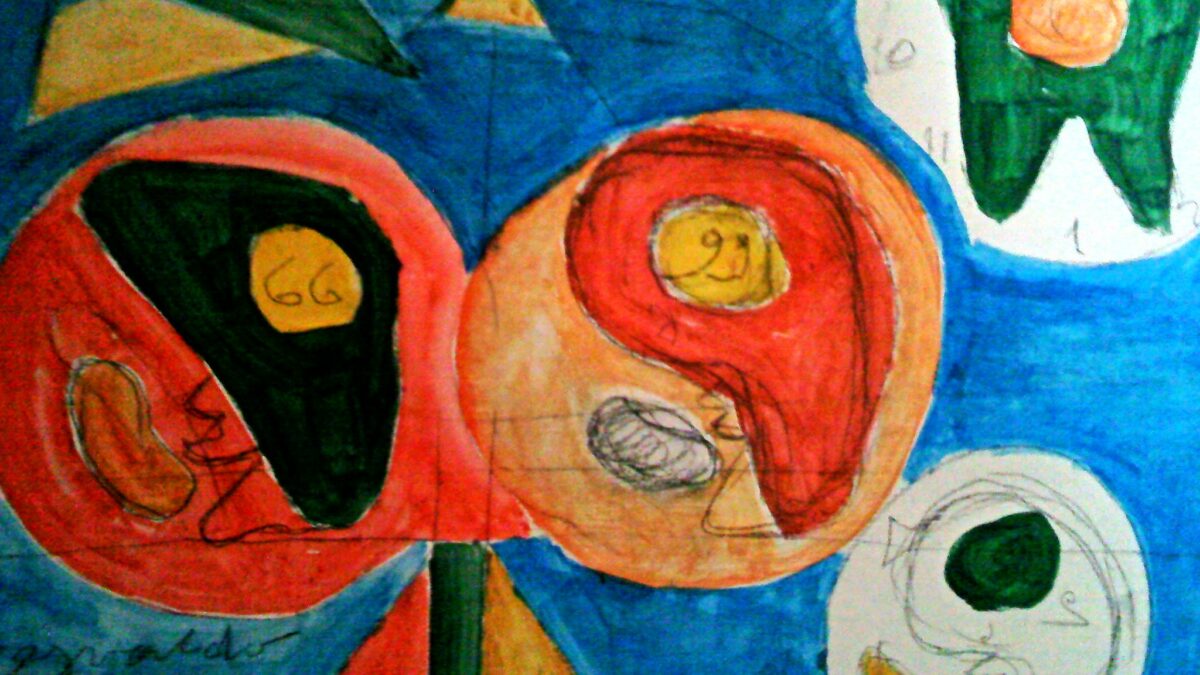Osvaldo Licini’s imaginery
Prof. Francesco Carelli
The first exhibition dedicated to the work of Osvaldo Licini(1894-1958) in the UK opens at the Estorick Collection. An idiosyncratic yet key figure of 20th century Italian art, Licini participated in the Futurist movement before establishing himself as a figurative painter of portraits and landscapes. During the 1930s he adopted a geometric abstract style then, during the Second World War, changed his approach once again, going on to produce highly imaginative works animated by fantastical characters..
In 1908 he enrolled at Bologna’s Academy of Fine Arts, where he met Giorgio Morandi. Although their work would later evolve in very different directions, the two artists initially had much in common, their imagery being indebted to the landscapes of Cézanne and Matisse. Around 1913,both painters also shared a particular enthusiasm for Futurism, along with many other artists of their generation. In Paris, he came into contact with artists such as Picasso and Modigliani. During the late 1920s he participated in the exhibitions of the Novecento group, which attempted to reconcile Modernism with Italian artistic tradition in the spirit of the inter-war ‘return to order’. However, his own paintings had little in common with Novecento aesthetics, and his involvement in the group’s initiatives was essentially of a pragmatic character, being motivated by a desire to obtain greater exposure for his work. During the early 1930s Licini’s work underwent an abrupt transformation, the artist rejecting figurative imagery in favour of rigorous geometric abstraction, and entering into contact with Milan’s Galleria del Milione –an important centre for Italian artists exploring non-objective imagery. Yet, despite Licini’s association with ‘Concrete’ art, his imagery was consistently playful and certainly never austere, containing particular affinities with the work of Paul Klee and Joan Miró. Toward the end of the decade, Licini once again exhibited as part of the Futurist movement, supporting its leader F. T.Marinetti in his fight against the more reactionary cultural forces within the Fascist party, whose aim was to import Nazism’s crusade against ‘degenerate’art. Already despondent about the direction in which Italy was heading at this time, his feelings intensified when Italy entered World War Two. Licini spent the war years in the isolation, where he developed a new approach to painting that once again took inspiration from the region’s skies and undulating landscape. His works of this period were also animated by fantastical characters such as ‘Flying Dutchmen’ and ‘Rebellious Angels’, as well as an enigmatic, moon-like form identified by the artist as ‘Amalassunta’. Populating his canvases with their mysterious presence, they introduced a simultaneously ironic and mystical element to his imagery.





